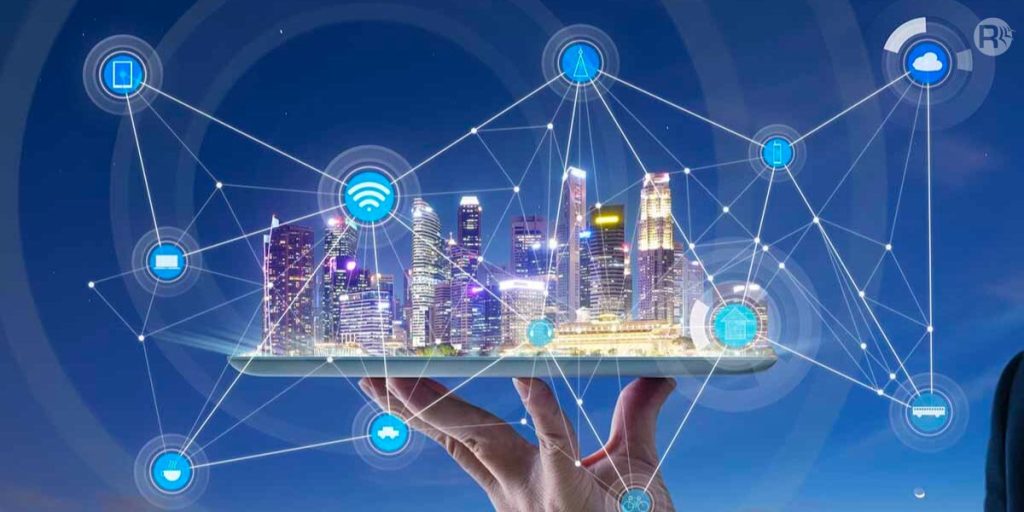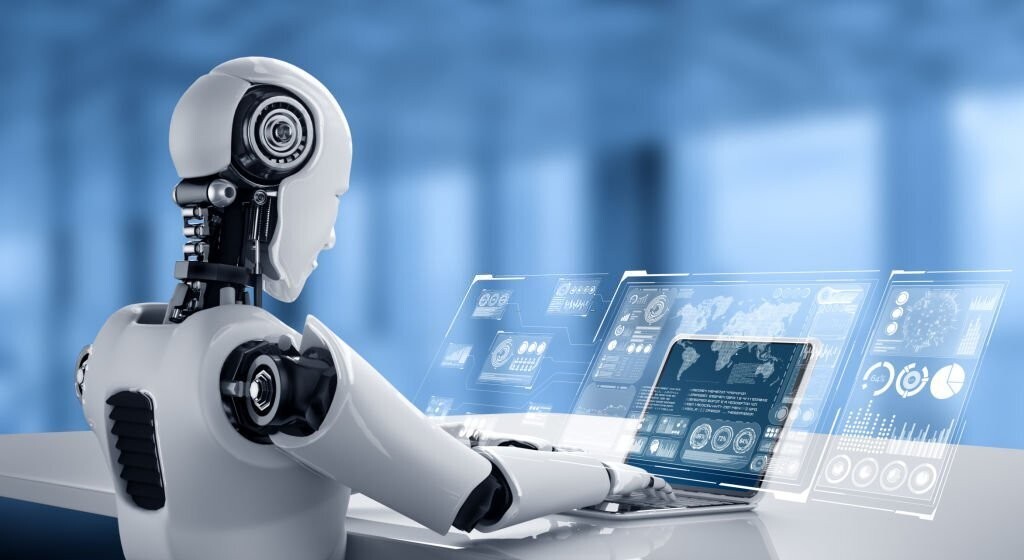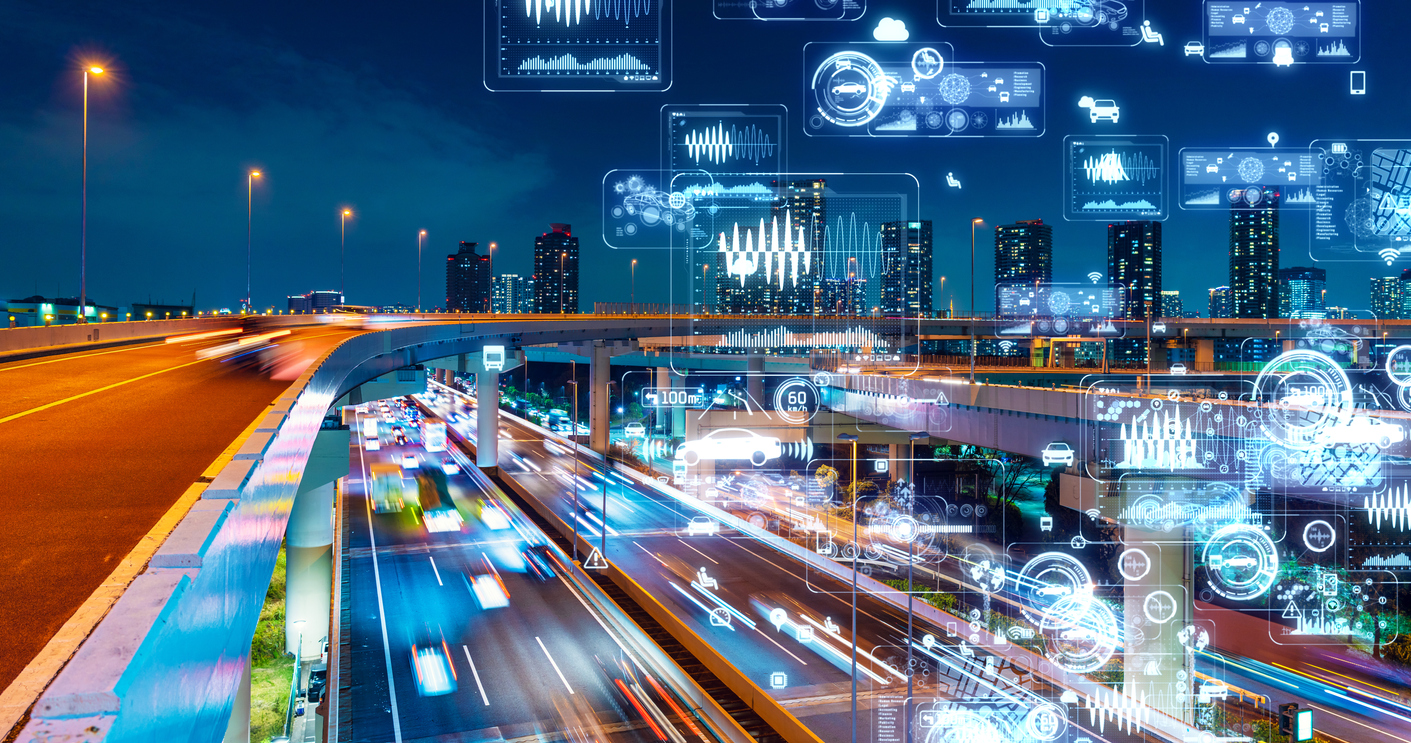The world is rapidly urbanizing, with millions flocking to cities in search of opportunity and a better quality of life. To accommodate this growth and create sustainable, livable spaces, cities are embracing the concept of becoming “smart.”
Smart cities leverage technology to improve efficiency, optimize resources, and enhance their citizens’ overall quality of life. The Internet of Things (IoT) and robotics are at the forefront of this transformation, offering innovative solutions to address urban challenges.

The Power of IoT: Connecting the City
The Internet of Things (IoT) refers to the vast network of interconnected devices embedded with sensors and software, collecting and exchanging data. In a smart city context, this translates to a multitude of sensors and devices collecting real-time data on everything from traffic flow to air quality.
This data is then analyzed using advanced software to gain insights and inform decision-making. Here are some examples of how IoT is being used in smart cities:
- Smart Traffic Management: Traffic lights can be dynamically adjusted based on real-time traffic data, reducing congestion and optimizing commutes.
- Smart Parking Systems: Sensors can detect available parking spaces, guiding drivers and eliminating the frustration of endlessly searching for a spot.
- Smart Waste Management: Sensors on trash bins can indicate fill levels, enabling optimized collection routes and reducing waste overflow.
- Environmental Monitoring: Air quality sensors can track pollution levels, allowing city officials to take necessary measures to improve air quality.
Robots on the Rise: Automating Tasks and Enhancing Services

Robotics is another key player in the smart city revolution. Robots can automate tasks, perform dangerous jobs, and even provide companionship and assistance. Here are some ways robots are transforming urban environments:
- Automated Public Transportation: Self-driving buses and trams can improve the efficiency and accessibility of public transportation systems.
- Delivery Drones: Autonomous drones can be used for faster and more convenient deliveries, reducing traffic congestion.
- Inspection and Maintenance Robots: Robots can be deployed for tasks like bridge inspections, infrastructure maintenance, and cleaning hazardous environments.
- Eldercare and Security Robots: Robots can provide companionship and assistance to elderly citizens, while also enhancing security through remote monitoring.
Building Smarter Cities: Challenges and Considerations
While IoT and robotics offer exciting possibilities for smart cities, there are also challenges to consider:
- Data Security and Privacy: Protecting the vast amount of data collected by IoT devices is crucial. Robust cybersecurity measures must be implemented.
- Infrastructure Investment: Building a smart city requires significant investment in technology infrastructure, including sensors, data centers, and communication networks.
- Digital Divide: Not everyone has equal access to technology. Ensuring inclusivity is crucial to avoid creating a digital divide within the city.
The Future of Smart Cities: A Collaborative Approach
 The success of smart cities hinges on collaboration between various stakeholders, including:
The success of smart cities hinges on collaboration between various stakeholders, including:
- City Governments: Developing a clear vision, establishing regulations, and fostering innovation are key government roles.
- Technology Companies: Providing the necessary hardware, software, and expertise to bring smart city solutions to life.
- Citizens: Active participation and feedback from citizens are essential for developing solutions that truly address their needs.

